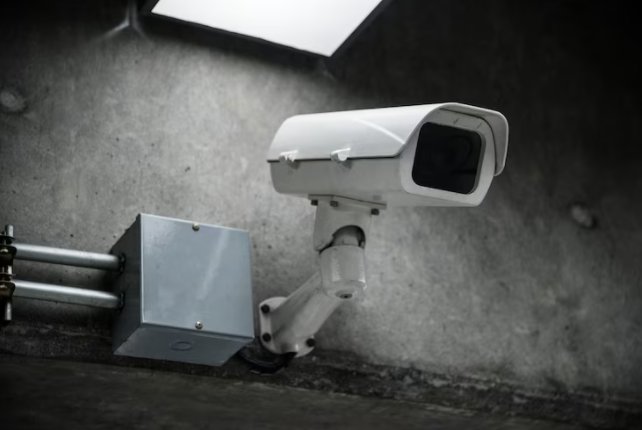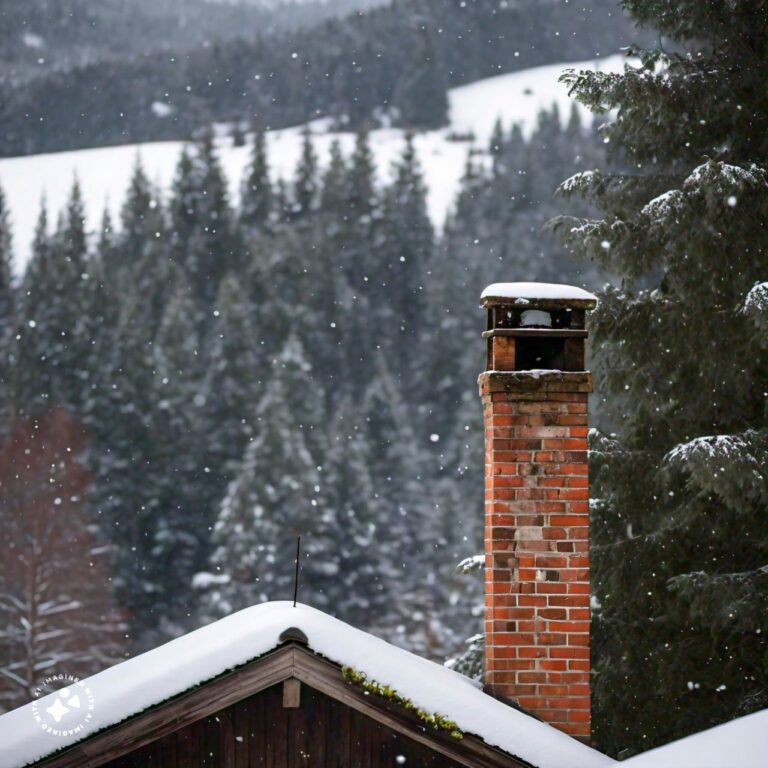Safeguarding your loved ones and your property necessitates thoughtful preparation and the utilisation of appropriate technology. Among the array of modern home protection tools, security cameras have emerged as indispensable assets, providing superior surveillance capabilities and a sense of tranquillity. In this comprehensive guide, we will explore the world of home security cameras, helping you to make well-informed decisions and effectively fortify your home.
Chapter 1: Types of Home Security CamerasWired vs. Wireless Cameras
When choosing a security camera, the first thing to decide is whether you want a wired or wireless one. Wired cameras require physical cable connections, while wireless cameras operate over your home’s Wi-Fi network. Both of the mentioned options have their pros and cons.
Wired cameras offer a stable connection and are less susceptible to interference, but they require professional installation and may involve drilling holes for cables. While wireless cameras are easy to install and relocate, they depend on your Wi-Fi signal strength and sometimes can experience signal loss.
Of course, choosing the type of camera depends on your needs, preferences and budget. If you value stability and have the budget for professional installation, wired cameras might be the way to go. However, if flexibility and ease of installation are your priorities, wireless cameras offer a compelling option.
Indoor vs. Outdoor Cameras
Another crucial distinction is between indoor and outdoor cameras. Indoor cameras are designed to monitor the inside of your home, while outdoor cameras are intended to withstand the elements and secure the surroundings of your property.
Able to stand up against the toughest weather conditions, outdoor cameras are exceptionally resistant to rain, snow and other extreme temperatures. They are strategically placed to capture potential intruders approaching your home. On the other hand, indoor cameras are often designed to blend seamlessly with your home’s interior decor and are ideal for monitoring family members, pets, or specific areas within your home.
Understanding these distinctions will help you strategically deploy security cameras to maximise their effectiveness.
Chapter 2: Key Features to ConsiderResolution and Image Quality
When selecting a security system, the clarity of the images captured is an important factor. A higher resolution will produce sharper and more vivid visuals, making it simpler to recognise people and other objects. Take into account whether you want HD or standard resolution for your cameras when assessing your options.
Cameras with a higher resolution, such as 4K and 1080p, have increased capability of providing clear images in order to detect any fine details. Investing in higher-resolution cameras will ensure your security system is performing at its best.
Night Vision and Low-Light Performance
Many security incidents, including burglaries, occur at night. Therefore, effective night vision capabilities are essential for home security cameras. Night vision technology, typically using infrared LEDs, allows cameras to capture clear images in low-light or complete darkness.
While infrared night vision is the most common, some cameras employ other night vision methods, such as colour night vision. When choosing a camera, prioritise models with reliable night vision capabilities, ideally with a range of at least 50 feet.
Field of View and Lens Types
The field of view (FOV) determines the area a camera can capture. Cameras with wider FOVs cover more ground, reducing the need for multiple cameras and minimising blind spots. When selecting a camera, consider your property’s layout and the areas you want to monitor.
Lens types also influence FOV. Cameras may feature fixed lenses, varifocal lenses, or even pan-and-tilt capabilities. Each lens type offers distinct advantages, so choose the one that aligns with your surveillance needs.
Chapter 3: Recording and Storage OptionsContinuous vs. Motion-Activated Recording
Security cameras offer two primary recording options: continuous recording and motion-activated recording. Continuous recording captures footage around the clock, while motion-activated recording only records when the camera detects movement.
Choosing between these options depends on your storage capacity and preferences. Continuous recording consumes more storage but ensures no event goes unnoticed. In contrast, motion-activated recording conserves storage space by capturing only relevant moments.
Cloud vs. Local Storage
Storage options are crucial for preserving your camera footage. Many modern cameras offer cloud storage, which provides the convenience of accessing your recordings from anywhere with an internet connection. However, consider data security and potential subscription costs when opting for cloud storage.
Alternatively, you can choose local storage solutions, such as SD cards or external hard drives. These options provide physical control over your data but may require periodic maintenance and backups.
Chapter 4: Smart Home IntegrationCompatibility with Smart Devices
The integration of security cameras into smart home ecosystems has revolutionised home security. Cameras can now seamlessly connect with voice assistants and mobile apps, allowing homeowners to control and monitor their security systems remotely.
Integrating your security cameras with smart devices enhances convenience and control. You can receive real-time alerts, view live feeds, and even use voice commands to check on your home’s security status.
Remote Access and Alerts
Remote access is undoubtedly the most useful benefit of utilising modern security cameras. By downloading an app to any compatible device like your phone, you can easily keep tabs on your property no matter where you are, providing a feeling of comfort and ease when away from home.
Additionally, security cameras can send real-time alerts and notifications to your devices when they detect motion or other security events. These alerts empower you to take immediate action and notify authorities if necessary.
Chapter 5: Installation and MaintenanceDIY vs. Professional Installation
When it comes to installing security cameras, you have the choice between a DIY approach and professional installation. DIY installation offers cost savings and the satisfaction of setting up your system. However, it requires technical proficiency and the ability to handle the potential challenges.
Professional installation ensures that your cameras are correctly placed and configured for optimal performance. It’s an excellent option for those who prefer a hands-off approach and want the assurance of expert installation.
Maintenance Tips
To keep your security cameras functioning at their best, regular maintenance is essential. This includes:
- Keeping the cameras clean.
- Updating software as needed.
- Troubleshooting common issues.
Proper maintenance ensures that your cameras are always ready to provide reliable surveillance.
Final Thoughts
Today, home security is more important than ever. Although, according to locksmiths, burglaries have decreased in recent years, that doesn’t mean security measures must be taken lightly. To keep their families and properties safe, homeowners are turning to advanced security solutions. Among these solutions, security cameras play a pivotal role in deterring intruders and monitoring your surroundings. Overall, security cameras are a valuable asset for protecting homes and businesses.







